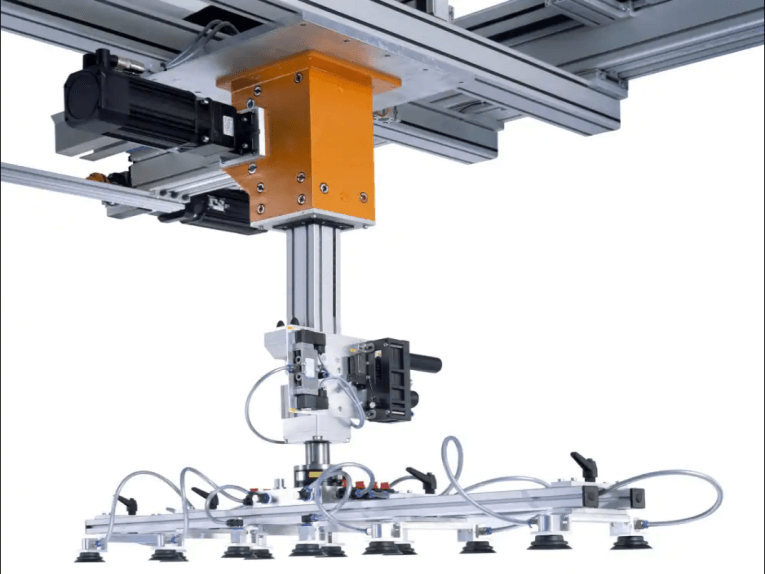With the ability of each type of pick and pack robot to effectively and efficiently execute numerous types of tasks within the manufacturing process, the real challenge is to select the one with configurations that best suit the factory’s operational needs.
Here are a few other considerations:
Number of axes determines how freely the pick and place robot can move, with the more axes generally indicative of greater flexibility.
Recommendations:
4-5 axes for order fulfillment applications that involve placing items upon a conveyor, bin or container.
6+ axes for applications that require greater range of motion for the robot to rotate or move linearly.
Payload refers to the maximum load a pick and pack robot can transfer from one point to another, and includes the weight of its tooling.
Recommendations:
At minimum, should be able to lift the heaviest item in a factory’s inventory with its arm fully extended, then place it precisely.
Reach involves looking at a robot’s range of motion to determine the maximum vertical and horizontal distances within the pick and place robot’s grasp. As this requires precision, it is imperative to determine these measurements prior to purchasing.
Recommendations:
Measure vertical reach from the lowest point the robot can reach to the maximum height of its “wrist”.
Measure horizontal reach from the center of the robot’s base to the furthest point its gripper or arm tool can stretch.
Repeatability refers to the pick and place robot’s ability to pick up and drop workpieces precisely within each sequence it completes.
Recommendation:
Actions needing greater precision, like circuit board fabrication, require robots that can repeat movements accurately to under half a millimeter (under two hundredths of an inch), depending on the procedure.
Speed at which a robot can work will affect the efficiency and productivity of the entire manufacturing process, so it is important to evaluate a robot’s specifications to ensure it can keep up with workflow.
Recommendations:
Make sure that the pick and place robot is capable of performing at least at the speed at which the production line operates.
Look at peak demand periods to ensure it can meet these higher demands.
Additionally, the configurations around which a pick and pack robot can be customized will restrict flexibility due to the robot’s dimensions, shape of tooling and how they are designed to move.
For example, basic pick and place robot configurations include:
1. Articulated or SCARA (Selective Compliance Articulated Robot Arm) robots with fixed rotary arms that allow greater degrees of freedom on axes.
2. Cylindrical robots that allow movement along horizontal, rotational and vertical axes.
3. Spherical robots that allow a single linear and two rotational movements.
These characteristics affect where they can be deployed and the items they can handle. Along with these considerations, the visual guidance system must be sophisticated enough to identify various items along the production line.
Post time: Mar-24-2023








